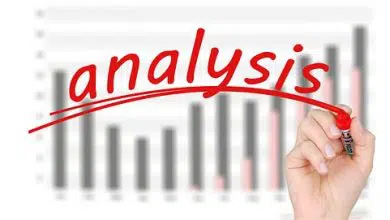Demand Schedule is the trend how a buyer purchases his desired commodity under a market condition. This is the responsiveness of the quantity demanded due to changes in price, income or other factors affecting demand. There are two types of demand schedules, namely, individual demand schedule and market demand schedule.
Individual demand schedule: Individual demand schedule shows different quantities of a commodity purchased by a consumer at different prices in the market. This is shown in the following table:
| Price of commodity ‘A’ (in $) | Quantity purchases (in units) |
| 5 | 20 |
| 4 | 25 |
| 3 | 30 |
| 6 | 15 |
| 7 | 10 |
As shown in the above table, a consumer buys more units of commodity A at lower prices and less units at higher prices. When the price is $3, he buys 30 units. When the price increases to $5, he buys 20 units. When the price further increases to $7, he buys only 10 units. Individual demand schedule may be represented in the form of the following diagram.
As shown in the above diagram DD is the demand curve of an Individual consumer. When price of a commodity is OP, he buys OM quantity of it. Similarly, when price increases from OP to OP1, the quantity demanded decreases from OM to OM1.
Market Demand Schedule : Market demand schedule denotes the various quantities of a commodity purchased by all the individuals in a market at different prices. It is obtained by summing up all the individual demand schedule in a market. This may b explained with the help of following table:
| Price of commodity | Quantity purchases (in units) |
| 10 | 10000 |
| 9 | 12000 |
| 8 | 14000 |
| 7 | 16000 |
In the above table as the price falls, the market demand is increasing and as price rises demand is decreasing. This may be explained with the help of the following diagram :

As shown in the above diagram, when price is OP, the quantity demanded is OM. When price decreases to OP1, then the quantity demanded increases to OM1, market demand curve also slopes downwards from left to right.





